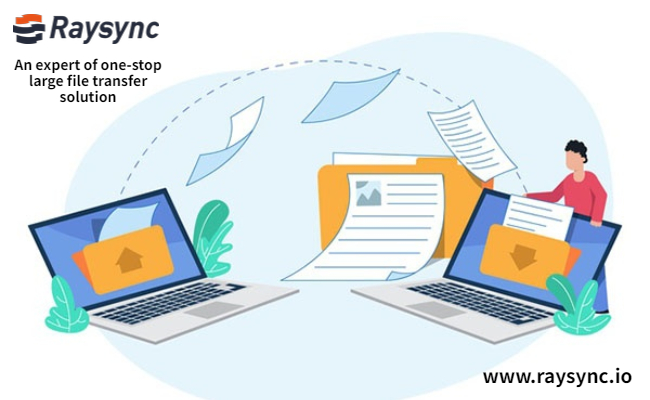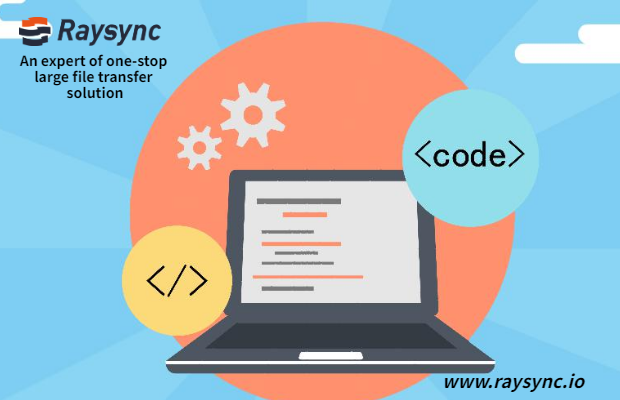How to Transfer Files at High Speed?
September 16, 2020High-speed file transfer is a broad and complex subject. Not all file transfer software programs are the same. Fundamentally, all file transfer programs help transfer information between systems. Certain frameworks or methods excel in high-speed file transfer. File transfer software uses direct device-to-device technology to achieve very high transfer speeds. Many variables affect file transfer time: Internet speed, computer specifications, data packet loss, and distance, etc., will affect the total time required to transfer data. The most important bottleneck in file transfer software today is not necessarily a network problem, but a design problem.

Most file transfer applications rely on a central server to facilitate the transfer. The file is copied to the central server. After a long upload period, the receiver will download them. The intermediate step of saving the file before the transfer occurs on the receiving party accounts for an average of 50% of the total transfer time.
By combining separate upload and download steps related to file transfer, file transfer software has been able to redefine "high-speed file transfer." It is an excellent alternative to other file transfer solutions and email.
In the cloud storage-based file transfer example, the upload and download steps are a single task, which may cause a total file-sharing time to increase by 2 times. In the email solution, not only the upload and download dilemma reappears, but the file attachment size is usually limited.
A popular way to avoid the maximum file size limit is to split the file into many smaller files. For example, you can bypass file restrictions by splitting the document into smaller chunks and sending them one by one. However, this strategy does not apply to all file types. Some file types, such as MP4, MP3, and JPG, will not break up so easily.
For files that cannot be divided, use third-party compression tools. Compression should be a simple process that adds another complex step. Not only must the sender compress the file, but the receiver must also decompress the received file. Obviously, the cumbersome degree of file transfer is for the central server to facilitate the file transfer. Recognizing the obstacles that people are experiencing to facilitate high-speed file transfers, file transfer software allows users to transfer files without having to do with cloud-based mechanisms, email-based file transfers, and the intervening All content related low transfer speed.
Raysync High-speed File Transfer Solution
Raysync is committed to meeting the file transfer needs of the enterprise or with external partners, providing efficient and controllable accelerated transfer of large files, ultra-long distance, transnational network data transmission, safe distribution of file assets, file management and organizational authority management, and support for local deployment And cloud services provide enterprises with safe, stable, efficient and convenient large file interactive technical support and services.
Raysync Support bi-directional sync and set schedule intelligently, keep the Local files and server-side files always consistent, users can customize the synchronization time and automatically upload, download and update. In the process of transferring files, the settings will also be encrypted, Let your transmission content can be synchronized and encrypted.
If you want to learn more, please click here, we also provide a free trial, including 100GB download traffic without time limit, now come to experience the raysycn high-speed transfer solution!
You might also like

Raysync News
May 20, 2021In today's high-speed Internet era, people would think that it is very easy to transfer large and small files via e-mail. However, the actual situation is quite different, because the transfer of large files via e-mail is still a big problem.
Raysync News
November 17, 2023With the continuous progress of Internet technology, we have entered the era of information explosion. In this era, organizations have massive small files being transferred over the Internet every day.
Raysync News
November 3, 2023Raysync provides an efficient solution for transferring, sharing and managing large amounts of data in the film and TV production process. See this article.